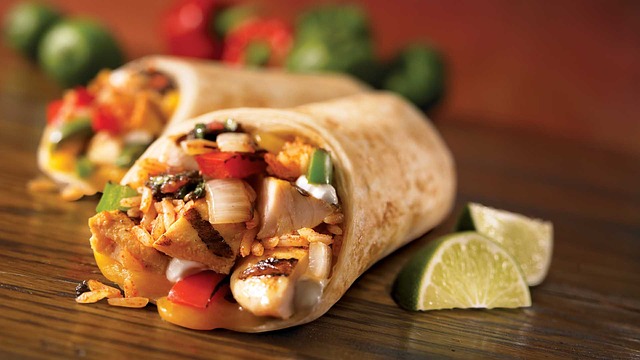What is Behavioral Segmentation?
There are lots of things that you can try to learn about your customers. For example, you might want to gather information on how old they are, where they live, and whether they are married and have kids. You’re probably also using information about how often they buy from you and when they last bought from you to predict their likelihood of buying again in the future. Knowing such information can help you optimize your loyalty program and target the most enticing rewards and marketing communication to a particular group of consumers.
Traditional customer segmentation has often been based on demograhpics, geographics and socioeconomic status. However, as Gibson Biddle, former VP of Product at Netflix pointed out in his Habit Summit talk earlier this year, common demographics tend to predict consumer preferences rather poorly. Instead, what people do are often more telling about their taste and what they may like or dislike. Together with an increasing amount of available data about consumers, this has prompted rising interests in behavioral segmentation, that is, segmentation based on what people do. Over the course of this year, I have worked with a CASC business partner on a customer segmentation project using loyalty program data. The practice has been really insightful in revealing hidden groups of customers for great targeted marketing opportunities that may not have been apparent on first look. Continue reading “The Basics of Behavioral Segmentation”


